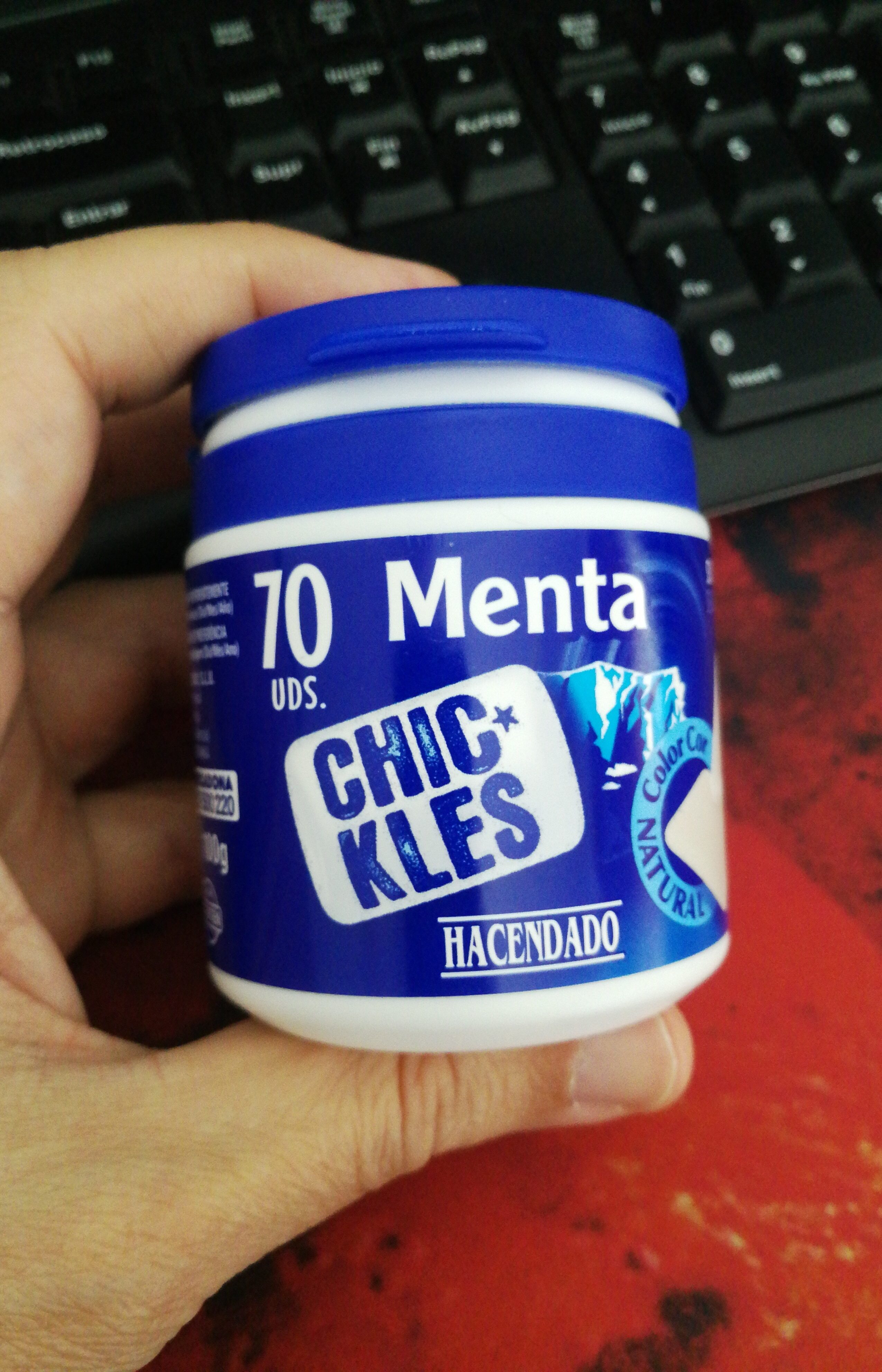Hacendado - 100 g
This product page is not complete. You can help to complete it by editing it and adding more data from the photos we have, or by taking more photos using the app for Android or iPhone/iPad. Thank you!
×
Barcode: 8480000650672 (EAN / EAN-13)
Quantity: 100 g
Packaging: es:Green dot
Brands: Hacendado
Categories: Snacks, Sweet snacks, Confectioneries, Chewing gum, Sugar-free chewing gum
Labels, certifications, awards:
Low or no sugar, No gluten, Contains a source of phenylalanine, Excessive consumption can have laxative effects, Green Dot, No sugar
Countries where sold: Spain
Matching with your preferences
Environment
Packaging
Transportation
Report a problem
Data sources
Product added on by kiliweb
Last edit of product page on by roboto-app.
Product page also edited by alia, charlesnepote, foodless, inf, jbarcelona, musarana, openfoodfacts-contributors, smoothie-app, tacite-mass-editor, teolemon, thaialagata, yuka.CZNjGI-FMv4_BvfN3K8KhwGpOujrI65iPmcoog, yuka.UTc0TkVad3pnOFVBaDgwazQwUG8xTmhSN01PSlJtV1ROczRKSVE9PQ, yuka.UUkwY09ib0NtOTh6bi9FMzd5SDA2UFprOW8rRGVVaTRBdmdTSVE9PQ, yuka.VDRNK1RyNWIvNkF0b1BReTJ3T08xZlphNVlLc0JHWHREZlpNSUE9PQ, yuka.WlkwYks1cFFtTVl3a3Nja3J4Nk8xSTUzelpDMFFrZUdGOG9SSWc9PQ, yuka.YVlRckVwWVlpUHBYeGNZZHpCYm40TmtrbnNTWlZteXVMT2srSUE9PQ, yuka.Zkt3eVNZOE8vT2Nnd2NNZTJoSFA2KzBrbWJtMlVqMnRkdkVVSWc9PQ, yuka.sY2b0xO6T85zoF3NwEKvlhVpbvD--2r2ERHvv02Xn-aScqLnX45o29neDKs, yuka.sY2b0xO6T85zoF3NwEKvlmcWQsTamxXoKhHjo2GByfS_IKDvaI9j09XKLqg, yuka.sY2b0xO6T85zoF3NwEKvlmtKa8LRrhiZPRbinEqI6dmhccXMTdp_5KLnK6s.







